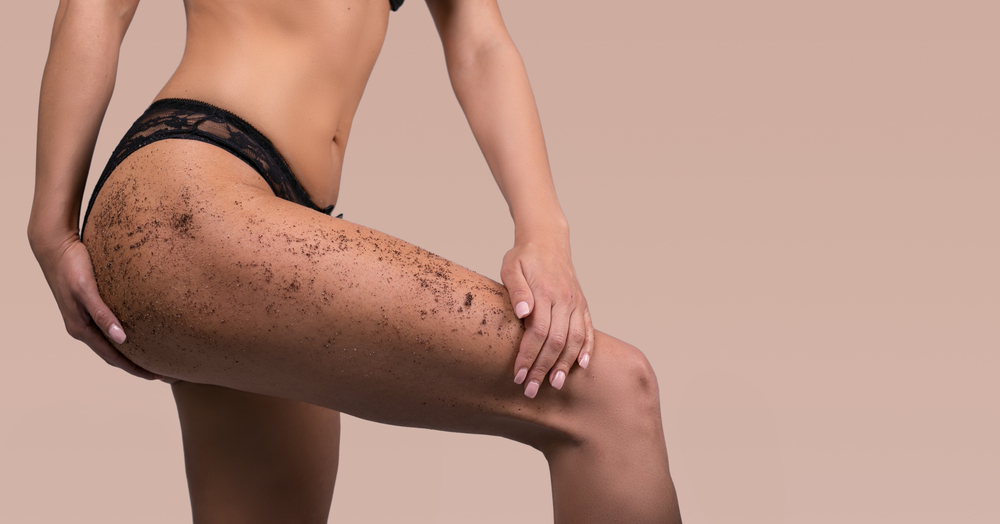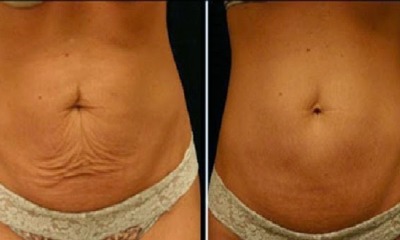Health
Various Ways To Reduce The Cellulite

Women deal with a number of skin issues. Stretch marks, fine lines, age spots and acne, to name a few. Cellulites will probably count as one of the most challenging to resolve or even to reduce. Not that men don’t have to deal with these skin issues too but, whether it’s the societal expectations or real physiological differences that are making women feel more compelled to resolve these skin problems, the bottomline is that these skin issues are a bigger issue for women.
Women and Cellulites
In the case of cellulites, it is the physiological differences between a woman and a man’s body that are causing women distress over having to deal with their cellulite problems. Skincare specialists, fitness experts, and scientists alike, all seem to agree although their explanations for the underlying reasons vary widely.
Fitness guru and author of “Delavier’s Sculpting Anatomy for Women: Core, Butt, and Legs,” Frédéric Delavier, offers four reasons why women seem to get it more than men do:
1. Water retention. Women go through a monthly cycle of water retention timed with menstruation. This waste water accumulation, Delavier says, is what eventually hardens, become stored underneath and eventually causes cellulites.
2. Hormonal change. Women go through more regular phases characterized by sharp spikes and drops in hormonal levels — puberty, monthly menstruation cycle, pregnancy and menopause.
3. Prolonged and chronic stress. Women go through prolonged bouts with stressful situations, including pregnancy. Stress, he says, tends to obstruct normal metabolic pathways which eventually causes fat storage and bulges to appear.
4. Heredity. Women who have inherited the condition will have to exercise more, and more often, he says.
Some experts say, the differences go down to the arrangement of the skin matrix. Men’s skin they say are more tightly knit while women’s have more tendency to become loose. Others go on to explain that women have more fat while men have more muscles which tend to make skin and muscle synthesis firmer in men than in women.
What is clear at the moment is that cellulites are caused by fibers that pull down the skin and cause fat cells to become trapped. As to what causes the fibers to grow is still unknown.
Women getting away with Cellulites
If you had US$ 60, should you spend it on a Bodishape Cellulite Cream? Below is a lowdown on what treatments work and not when it comes to reducing or vanishing to cellulites:
1. Exercise. Some experts, like Delavier, continue to strongly recommend exercise, particularly targeted exercises, to give yourself a good fight against cellulites. Exercise may not be able to flush out the fibers but, when the fats shrink, the pulling loosens up and the dimpling on the surface can be expected to smoothen out. At the very least, you can keep cellulites from showing or worsening.
2. Cellulite and firming creams. The primary mechanism being offered by these topical solutions is to melt away fats stored underneath the skin or, increase metabolic fat rate so that you can lose fats faster than with regular exercising alone. This is the theory. The practical effects vary greatly. Studies are pointing out the positive effects of retinols on improving the appearance of cellulites.
Even if your cellulite cream does act on the fats and melt these to be excreted from your body, the trickier part is eliminating the tough collagen fibers that pull down on your skin which clearly cannot be achieved by topical applications alone.
3. Clinical, non-surgical procedures. Here comes finally, the beauty of skincare science and technology! What your Bodishape Cellulite Cream or another firming cream cannot do, can now be done for you by a qualified professional. With modern, non-invasive and minimially-invasive procedures such as BodyFX, Cellulaze and Cellfina, the chances of ridding your thighs and legs of cellulites have gone up several notches. The best part is that you can literally walk in for the treatment and then go home right after — no cuts, and no to minimal downtime required.
Of course, surgery is always an option but should always be your last resort. With results of non-surgical treatments proven to last for up to two years based on FDA reviewed studies, why would you still want to risk going under the knife?
Conclusion
Many skin issues are more than just skin deep. Personality, self-esteem, self-perception and relationship with others, among other things, can be dictated by how you look as others see you but more so at how you look at yourself.
-

 Tech11 years ago
Tech11 years agoCreating An e-Commerce Website
-

 Tech11 years ago
Tech11 years agoDesign Template Guidelines For Mobile Apps
-

 Business6 years ago
Business6 years agoWhat Is AdsSupply? A Comprehensive Review
-

 Business10 years ago
Business10 years agoThe Key Types Of Brochure Printing Services
-

 Tech8 years ago
Tech8 years agoWhen To Send Your Bulk Messages?
-

 Tech5 years ago
Tech5 years ago5 Link Building Strategies You Can Apply For Local SEO
-

 Law5 years ago
Law5 years agoHow Can A Divorce Lawyer Help You Get Through Divorce?
-

 Home Improvement6 years ago
Home Improvement6 years agoHоw tо Kеер Antѕ Out оf Yоur Kitсhеn











































